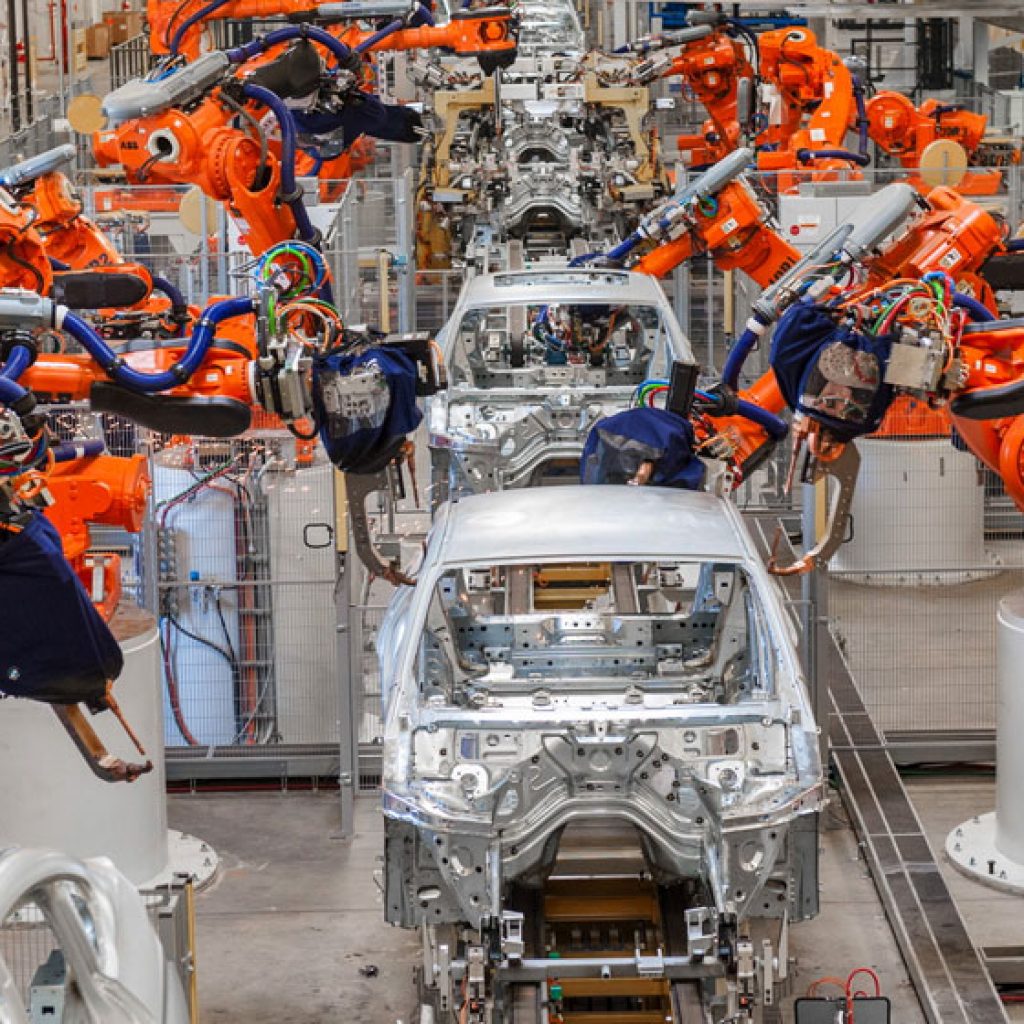An unmitigated torrent of SUVs has made its way into the Pakistani automotive market over the last couple of years because of the incentives that the Automotive Development Policy (ADP) 2016-21 has given the new entrants.
While these SUVs are threatening the C-Segment compact sedans in terms of features, this new segment caters to the needs of a limited number of car buyers. Regardless, even the new automakers are only focused on bringing more SUVs to the Pakistani market.
However, with the advent of these SUVs, a lot of new brands have also entered the market, creating a more competitive atmosphere and the prospect of better products in the future, but a better range of more affordable products from these new automakers is nowhere in sight.
This begs the question of whether the advent of new SUVs is a blessing or a curse for the Pakistani market. Let us run through some important aspects and find out the answers to this question.
Is There a Real Demand for SUVs?
The statistics show that the demand for compacts crossover SUVs has certainly increased multifold over the last few years. A report by Express Tribune revealed that according to industry analysts and experts, all the new companies are collectively selling around 5000 SUVs across Pakistan on a monthly basis.
To put things into perspective, Kia Lucky Motors (KLM) has reportedly sold 25,000 units of the Sportage SUV across Pakistan since the beginning of its operations.
ALSO READ
All DFSK Glory 580 Models Get A Huge Price Hike
Hyundai Nishat Motors (HNM) reportedly sold over 2700 units in the first nine months of the ongoing fiscal year and has reportedly sold over 2000 units so far, and these are impressive sales figures for a rather expensive class of vehicles.
The demand for crossover SUVs is on the rise around the world because they offer better practicality than the hatchbacks or sedans at what is considered to be a reasonable price in stronger economies.
However, in Pakistan, there seems to be an artificial demand for SUVs as this segment is thriving off popularity instead of people’s actual needs, wants, or buying power. There is a limited number of people in Pakistan who can afford to own or even buy an SUV worth Rs. 4-6 million, but it seems like there are a few too many compact SUVs in Pakistan.
Are Smaller Vehicles Still in Demand?
Although these numbers are certainly at a record high for the SUV segment in Pakistan, it bears noting that the sales numbers of sedans and hatchbacks are still much larger than the SUVs despite the limited number of options. Let us analyze each segment:
Compact Car Segment
While the Compact Car Segment or the C-Segment has gotten into close contention with the SUVs due to little differences in pricing but a huge difference in features, the sales figures suggest that the demand is still too high to be ignored.
As per the monthly sales reports from the Pakistan Automotive Manufacturer’s Association (PAMA), the Toyota Indus Motor Company (IMC) and Honda Atlas Cars (HCAR) have been selling upwards of 1000 compact sedans (Honda Civic and Toyota Corolla) every month for several months.
Last month, Hyundai Nishat sold 280 units of the Elantra, which, despite being a few hundred less than the Tucson SUV, is starting to quickly gain traction in the market. However, despite the relatively high demand for the C-Segment vehicles, the new automakers do not seem too eager to introduce more options in this segment, which they should.
Sub-Compact Car Segment
The subcompact sedan segment or the B-Segment of the Pakistani automobile market has long been something of a problem child. The Honda City is perhaps the longest mainstay of this particular segment while others have come and gone sporadically.
The soon to be replaced 5th generation Honda City is a decade-old, bare-bones car with only a few upgrades that can be bought from an aftermarket accessories shop. Meanwhile, the Yaris, albeit fresh, is arguably too expensive for a subcompact sedan. Recent entries of the Changan Alsvin and the Proton Saga in the subcompact sedan segment have been breaths of fresh air for car buyers.
ALSO READ
Master Changan Motors Finds a Solution to Meet Increasing Demand
In terms of demands, this segment is among the most popular in the market. For more context on how popular the segment actually is, bear in mind that for several consecutive months, Toyota IMC has been selling upwards of 3500 units in Pakistan.
While the 5th generation City is an old car, it is still being bought brand new by people. Moreover, ever since its launch, over a million units of City have been sold all across Pakistan.
In the case of the Changan Alsvin and the Proton Saga, although there are no official figures, it has been reported that the cars are fairly high in demand and that following their launch, their initial inventories were completely sold out within days.
Given the popularity of this particular segment, it is safe to say that having competition would be of great benefit for both the people and the car companies in Pakistan.
City Car Segment
The City car segment or the A-segment should, by all means, be the most popular segment in the Pakistani car market. However, its popularity has dropped slightly due to the lack of choices and price tags in the subcompact car territory.
Suzuki Cultus, Wagon R, and Kia Picanto are the three popular city cars of Pakistan. However, these cars are arguably not as popular as they should be, due to their steep price tags and limited features.
For many months, Cultus has been the highest selling car of the lot but has been unable to sell more than 2000 units, which is less than the sales of the Toyota Yaris (a more expensive vehicle). While the Picanto and the Wagon R remain between 800 and 1200 units sold per month on average.
On the other hand, United Alpha has been taken for granted since its launch despite being the cheapest option in the segment, which is largely due to the lack of effort and resources invested in its marketing, and the fact that it is essentially an old, rebadged Chery QQ.
Therefore, the A-Segment is in need of more well-equipped vehicles from new companies to create healthier and better competition in the market.
Microcar Segment
The sales of the Suzuki Alto and the previous sales of the Suzuki Mehran are perfect examples of the demand for microcars or Kei cars in Pakistan. Despite the vehicle having some quality concerns and being devoid of several modern features, the Alto is still the number one seller in the Pakistani market, selling close to 5000 units each month for the past several months.
It may be argued that there are several imported vehicle options in the same segment in Pakistan, but because of the import duties, taxes, and other hassles in the import policy, the import of vehicles has become an arduous affair in the past few years.
As for the competition in the local market, the only other options in the segment are the United Bravo and Prince Pearl that boast relatively attractive prices. However, due to the concerns among the public about the quality, reliability, and maintenance of these vehicles, their demand is negligible.
Ultimately, there is still a rather large gap in the market that can be filled by several new competitors in the same segment, which will mean more choices for car buyers, and an opportunity for the existing automakers to optimize their revenues and brand recognition.
A Massive Void in the Automotive Industry
Although various vehicle segments are gradually becoming more populous in Pakistan, there is still a massive void in the local automotive industry that hinders the setting of reasonable prices for vehicles. This void exists in the auto-parts industry as well.
Automakers and parts distributors in Pakistan have to pay billions of rupees worth of import taxes and duties to the government for importing pre-manufactured parts for the local market. This cost can be significantly reduced if the parts are manufactured in Pakistan.
ALSO READ
Here’s When 2021 PAPS Auto Show Will Take Place
The Pakistani market already has a few auto parts manufacturers but very few of them are equipped enough to produce the complex mechanical and electronic components of a modern vehicle.
Therefore, it is up to the government to introduce a policy dedicated to the auto parts industry and that also incentivizes the car companies to build the vehicles in-house from the ground up rather than importing CKD kits.
Pakistan is rich with natural resources and has the manpower required to drive the industry. The government must attract the auto parts manufacturers and automakers towards setting up shop in Pakistan for inhouse vehicle manufacturing the same way it attracted new automakers by means of the Automotive Development Policy (ADP) 2016-21.
Additionally, the government should ensure a better application of quality assurance measures for the Pakistan market to enjoy the same degree of safety and reliability as the international products.
Conclusion
The Pakistani automotive market has the potential to become one of the better automotive markets in Southeast Asia, but because it is still quite low in the growth phase, it requires more pocket-friendly products to be introduced into the market rather than Rs. 4.5 million-plus crossover SUVs.
It is easy to determine from the sales figures that the demand for smaller sedans and hatchbacks in Pakistan is much more than that of the SUVs and that new car companies should focus on smaller vehicles.
Several reports have suggested that the Automotive Industry Development and Export Plan (AIDEP) 2021-26 allows the government to aim at incentivizing the sellers and buyers of smaller, cheaper, and more environmentally-friendly vehicles.
ALSO READ
The government needs to simultaneously formulate a policy that enables the auto parts industry and the automakers to start manufacturing vehicles in Pakistan rather than just assembling them to ensure more reasonable prices for the vehicles.
The post This is What Pakistan’s Car Market Desperately Needs appeared first on .


